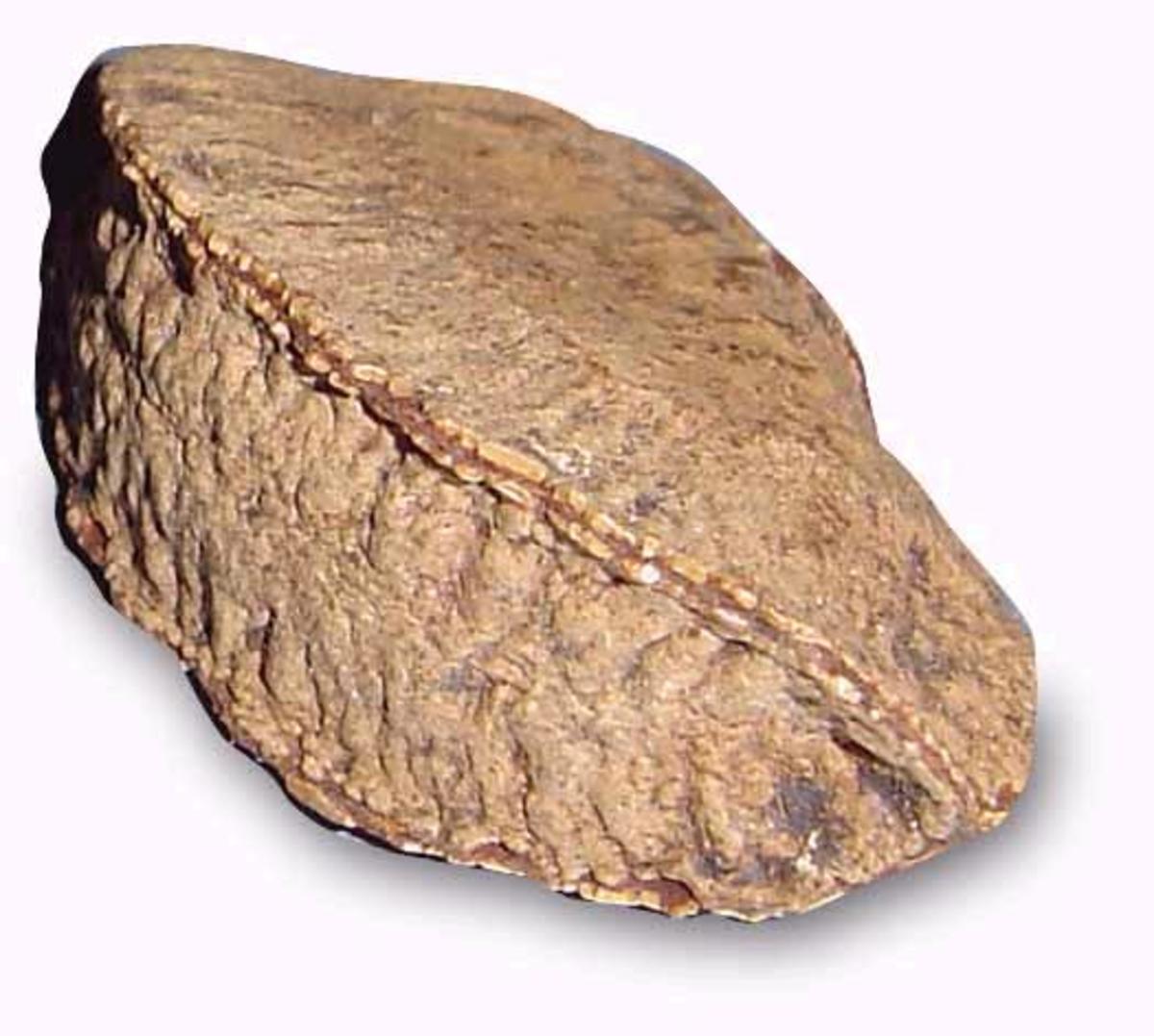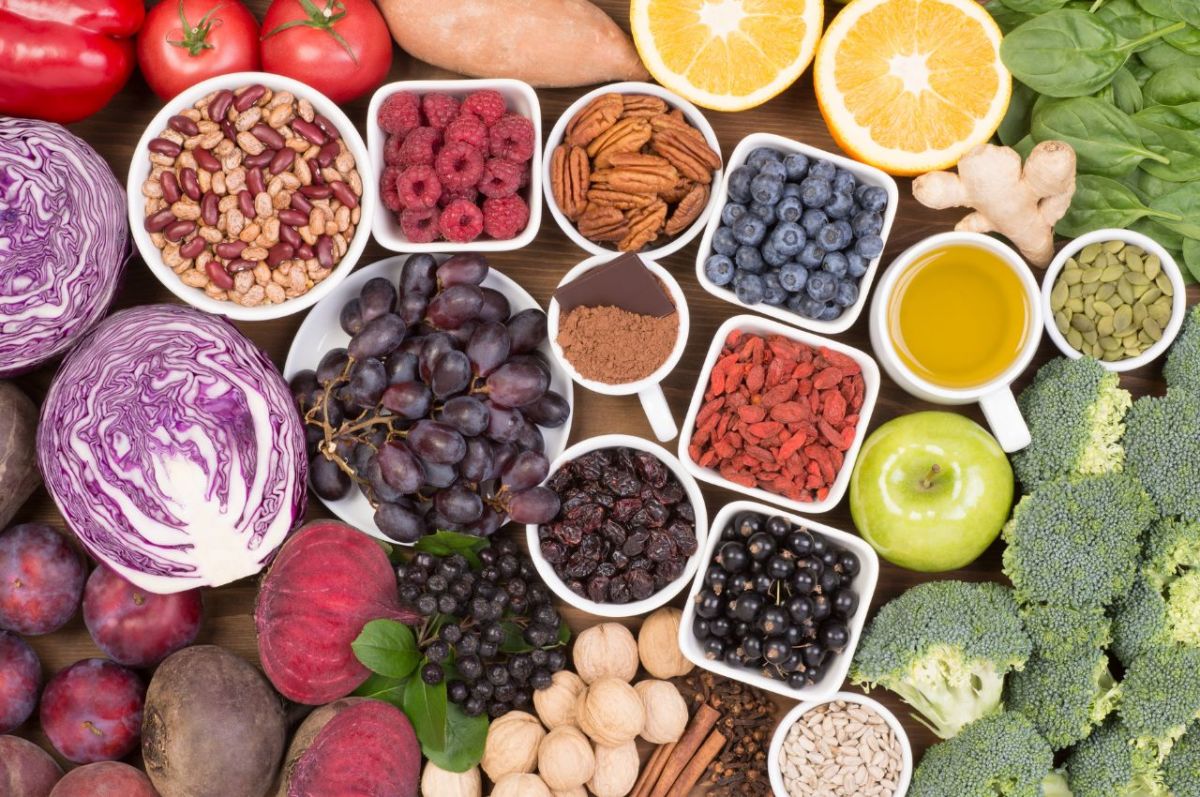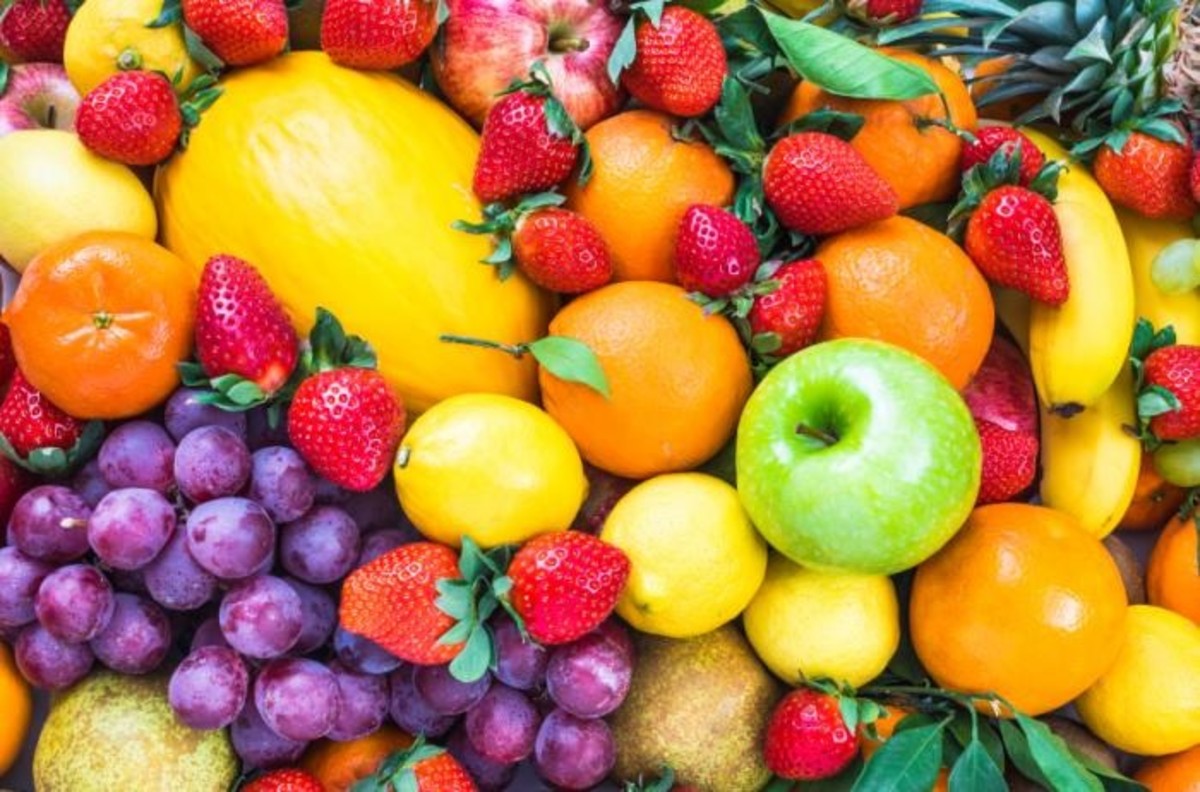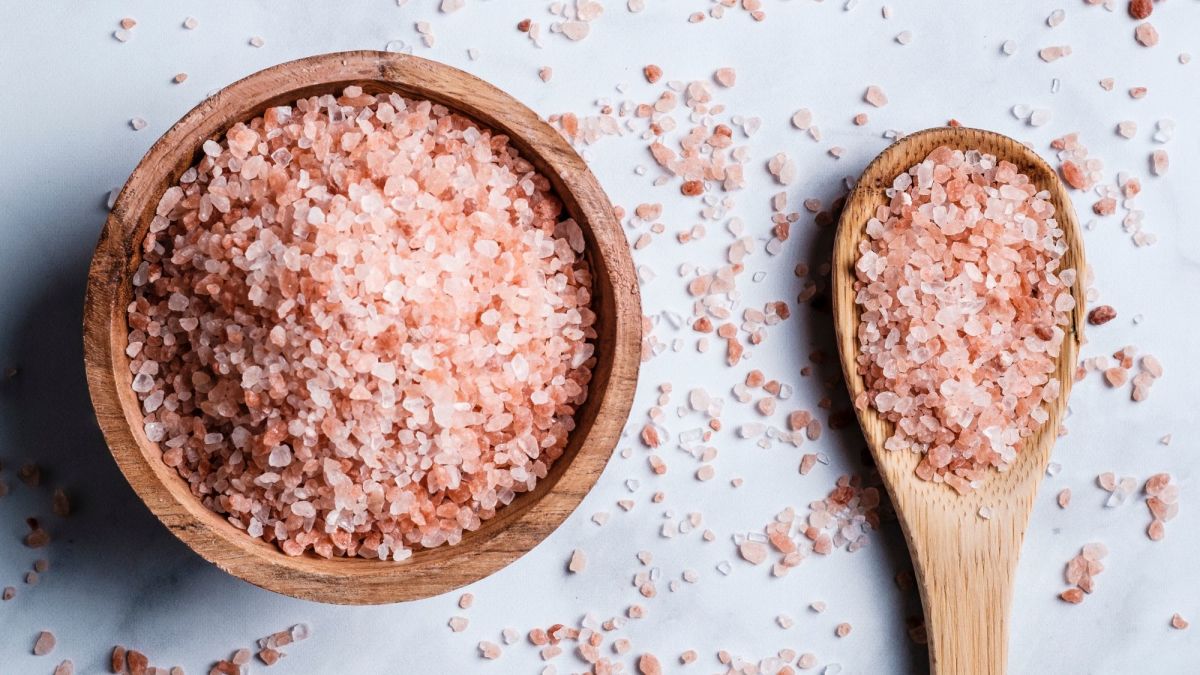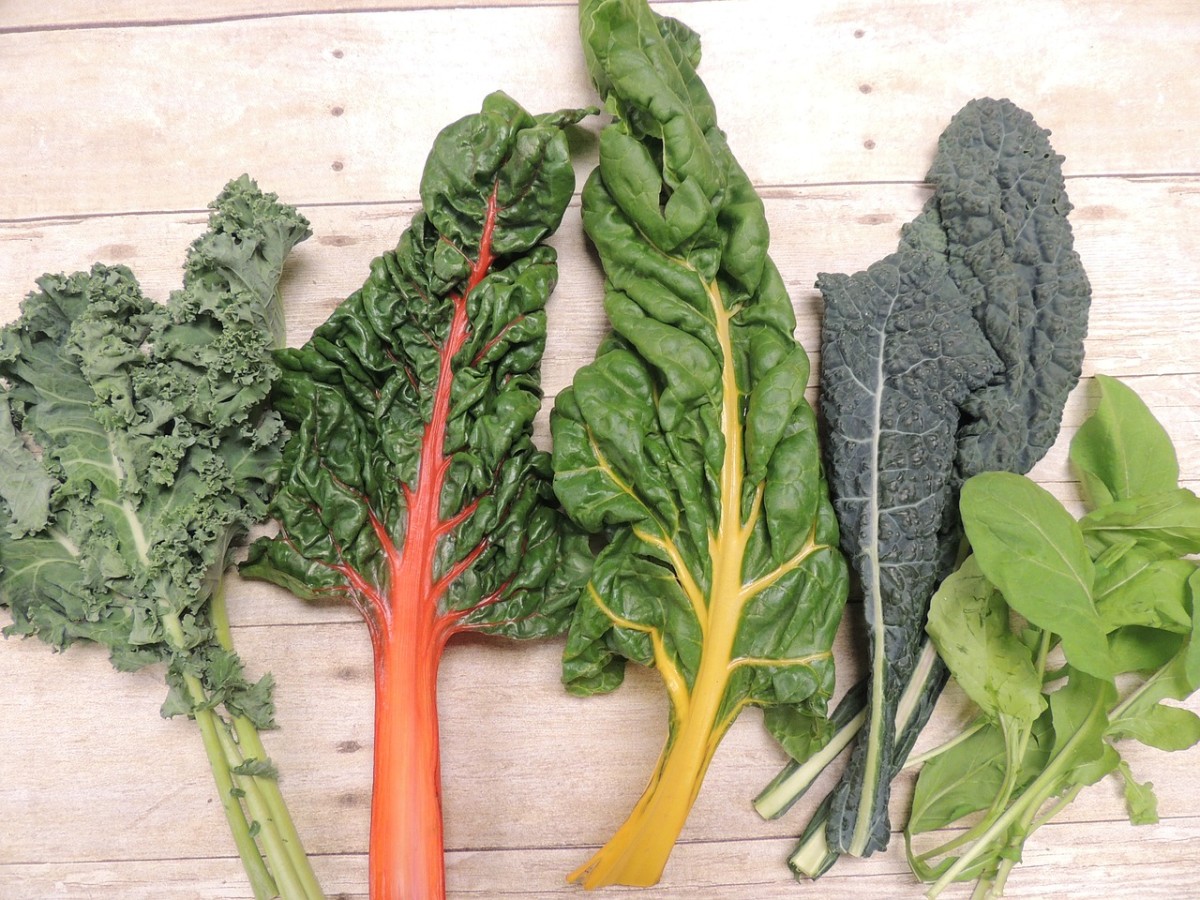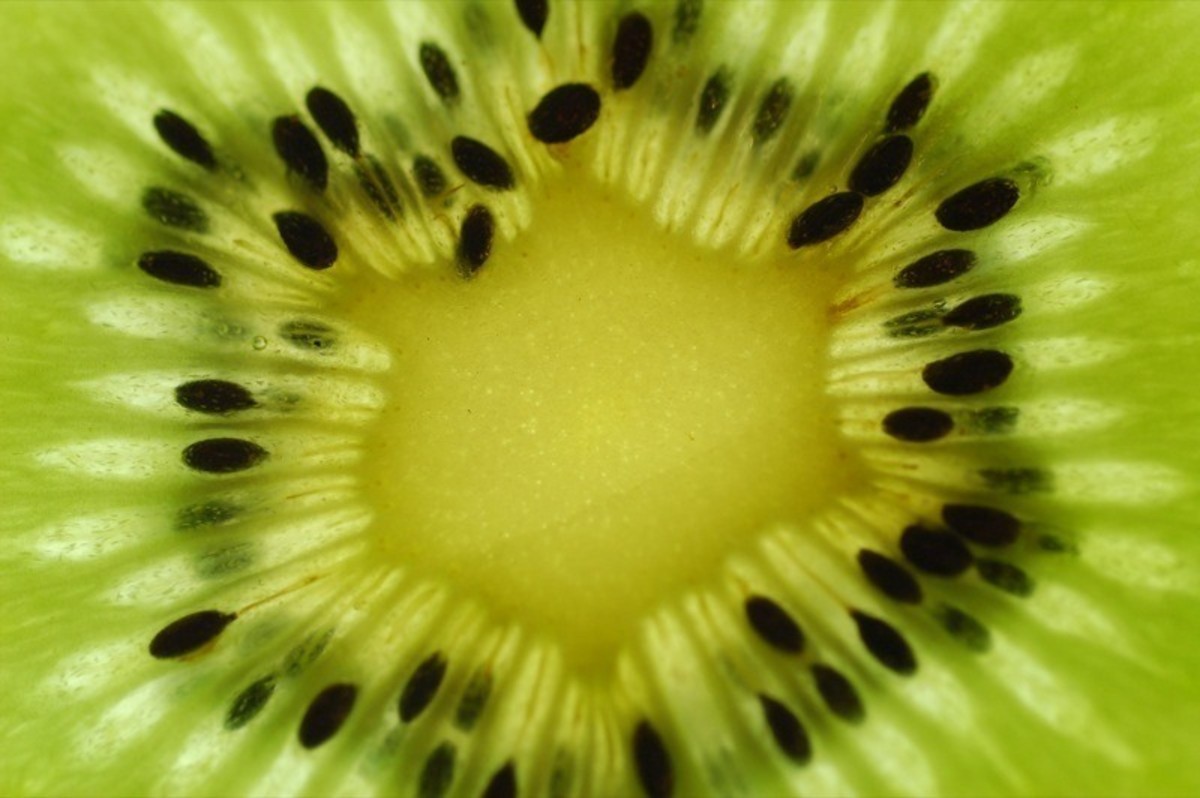Quercetin Benefits for Heart Health and Cancer Prevention
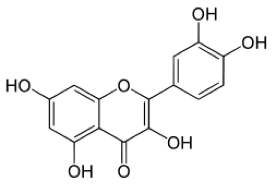
What is Quercitin?
Quercetin is a yellow pigment found in plants that is sometimes used as a supplement to improve or prevent various health conditions. It is in a group of common plant chemicals called flavonoids which are found in many fruits and vegetables, and even in dark chocolate. There are four major groups: isoflavones, flavones, anthocyanadins and flavanols. Flavonoids are also called polyphenols because of their chemical structure.
Quercetin acts as an antioxidant in the body, much in the same way that vitamins A, C and E work. These antioxidants supplement some of the body's enzymes that protect it from being damaged by free radicals that are generated in the body from natural processes, the decomposition of fats and exposure to environmental pollutants.
Quercetin also has other beneficial physiological effects, which I cover below. There are specific sections on heart disease and cancer, and, other diseases which appear to benefit from taking daily dosages. These diseases are listed in the section immediately below. Quercetin dosage rates are also covered for diseases where substantial research has been completed.
Benefits of Quercetin
Quercetin combines with and neutralizes free radicals of oxygen and nitrogen. These free radicals damage fats and proteins in the body, modifying their function. A balance of antioxidants in the body help counteract the production of free radicals that are made by various internal physiological processes. A balance of the two helps prevent what is called oxidative stress, leading to many disease conditions related to aging like inflammatory diseases, cancer and the heart condition known as artherosclerosis. A list of some diseases related to free-radical damage which may benefit from quercetin supplementation follows:
- rheumatoid arthritis
- adult respiratory disorders like asthma and COPD
- lupus erythematous
- stroke
- vasculitis
- intestinal ischemia
- gastric ulcers
- preeclampsia
- prostatis - inflammation of the prostate glands
- hypertension - high blood pressure
- high LDL cholesterol
- Alzheimer's disease
- muscular dystrophy
- glomerulonephritis - inflammation of the small blood vessels in the kidneys
- interstitial cystitis - inflammation of the bladder
Buy and Learn More About Quercetin
Quercetin Benefits for Heart Health
Artherosclerosis Prevention. Quercetin is thought to act through the same mechanism as vitamins E and A in preventing the oxidation of low-density lipoproteins (LDL). Endothelial cells, smooth muscle cells and macrophages in the blood vessels can all release hydroxyl (OH) free radicals to cause lipid oxidation. Oxidation of the lipids in LDL is believed to be an important factor in plaque formation in atherosclerosis, or hardening of the arteries. The presence of these antioxidants also prevents direct damage of endothelial cells by oxidized LDL, the cells which line the inside part of the blood vessel.
Prevention of inflammation. Some research indicates that quercetin may have benefit for reducing cardiovascular disease in people who appear to be at low risk for having it. This mechanism appears to be through its role in reducing inflammation markers like C-reactive protein (Wolfgang, 2001).
Other mechanisms. Quercetin also appears to increase the diameter of coronary blood vessels, thus increasing blood flow (Kaur, 2007). This process is called vasodilation. Additional research indicates that two glasses of red wine may have enough quercetin to dissolve clots (Boosye, 2007).
(Note that references in parentheses are listed below).
Quercetin Benefits for Cancer Prevention
Free radicals can directly cause protein and DNA damage; and, they can activate carcinogens. DNA damage can lead to altered DNA function and mutations. Antioxidants like quercetin and beta-carotene (vitamin A) directly scavenge free radical molecules.
Laboratory tests indicate a positive effect of quercetin against leukemia, squamous cell carcinoma, and cancers of the brain, rectum, colon, ovaries and breast. In these cases, it prevents the proliferation of cancerous cells. Limited study results with humans indicate that supplements of curcumin plus quercetin showed positive results with colon cancer patients (Meschino, 2006).
Quercetin Dosage
Therapeutic dosages range from 200 to 400 milligrams, taken 3 times daily. There are no established dosages for either heart disease or cancer, but these rates have been found to be effective with prostatitis and interstitial cystitis. There is no evidence that these dosage rates will cause cancer, but some doctors do not recommend combining antioxidants with chemotherapy.
Bromelain has been shown to increase the antioxidant activity of quercetin, when given in equal doses. Quercetin molecules that are within fruits and vegetables are attached to complex sugar molecules that help intestinal absorption, so eat your fruits and vegetables if you don't have access to bromelain and quercetin supplements.
Quercetin doesn't remain in the body long. It has been observed to stay in the body from 8 to 28 hours. As with all antioxidant molecules, it has a short half-life within the body. This is why it is necessary to keep taking antioxidants on a daily basis to enjoy their benefits.
Natural dietary sources high in quercetin include red wine, grapefruit, onions, apples, black tea. Smaller amounts are found in leafy green vegetables and beans. Here are the amounts in several common foods:
Foods and Beverages with High Quercetin Content
Fruit/vegetable
| milligrams per 100 grams
|
|---|---|
Apple (not peeled)
| 2-26
|
Blueberry
| 10-16
|
Black currant
| 3-6
|
Chives
| 10-30
|
Cranberry
| 149
|
Elderberry
| 11-24
|
Onion, white (yellow has more)
| 18-54
|
Lettuce
| 1-47
|
Kale
| 1-11
|
Pear
| 1-4.5
|
Red tomato
| 1-47
|
Beverages
| milligrams per 100 milliliters
|
Tea, black
| 1.7-2.5
|
Tea, green
| 0.1-2.3
|
Tea, oolong
| 0.2-1.6
|
Tomato juice
| 1.1-1.3
|
Red wine
| 0.2-1.6
|
Data from the first reference listed below in the Further Reading section. Note that quercetin content increased with the maturity of the fruit or vegetable, but it (generally) decreases with storage. More are listed below with >1 mg per serving.
Foods with Greater Than 1 mg per Serving
Apricots, blackberries, cherries, grapes, plums, raspberries, green beans, celery, collard greens, kale, spinach, buckwheat and kasha.
Summary: To Take or Not to Take?
So, are the benefits of quercetin real or speculation? At the moment, for heart disease and cancer, it seems that there is at least encouraging evidence for the use of quercetin supplements. The strongest published evidence for its use is with prostatitis and interstitial cystitis.
Since this supplement has significant promise, and that is classified as GRAS, or generally recognized as safe, its use as a supplement in other diseases that are affected by free radicals and inflammation seems justified. However, to receive the therapeutic benefits, it appears you can't get there by just eating your fruits and vegetables. Supplements are needed to reach the levels required for disease abatement, about 1,000 to 1,200 mg per day.
So, if you are over 60 years of age, or at high risk for any of the disease conditions listed above, preventative supplementation may be beneficial. But, don't forget to have a balanced diet, exercise and eat your fruits and vegetables - things that we all know are helpful for living a long and healthy life.
For Further Reading
Aherne, S.A., and O'Brien, N. M. 2002. Dietary flavonols: chemistry, food content, and metabolism. Nutrition 2002;18:75-81.
Anonymous. 2011. Quercetin. University of Maryland Medical Center.
Booyse, F.M. et al. 2007. Mechanism by which alcohol and wine polyphenols affect coronary heart disease risk. Annals of Epidemiology Supplement 17:S24-31.
Kaur G., et al. 2007. Effect of wine phenolics on cytokine- induced C-reactive protein expression. J Thromb Haemost 5:1309-1317.
Lobo, V., et al. 2010. Free radicals, antioxidants and functional foods: Impact on human health. Pharmocognosy Reviews 4: 118-126.
Meschino, J. 2006. Quercetin supplementation may reduce risk of colon cancer. Dynamic Chiropractic 24:50,58,60.
Wolfgang, K. 2001. Inflammation and coronary heart disease: An overview. Cardiology in Review 9:31-35.
.


